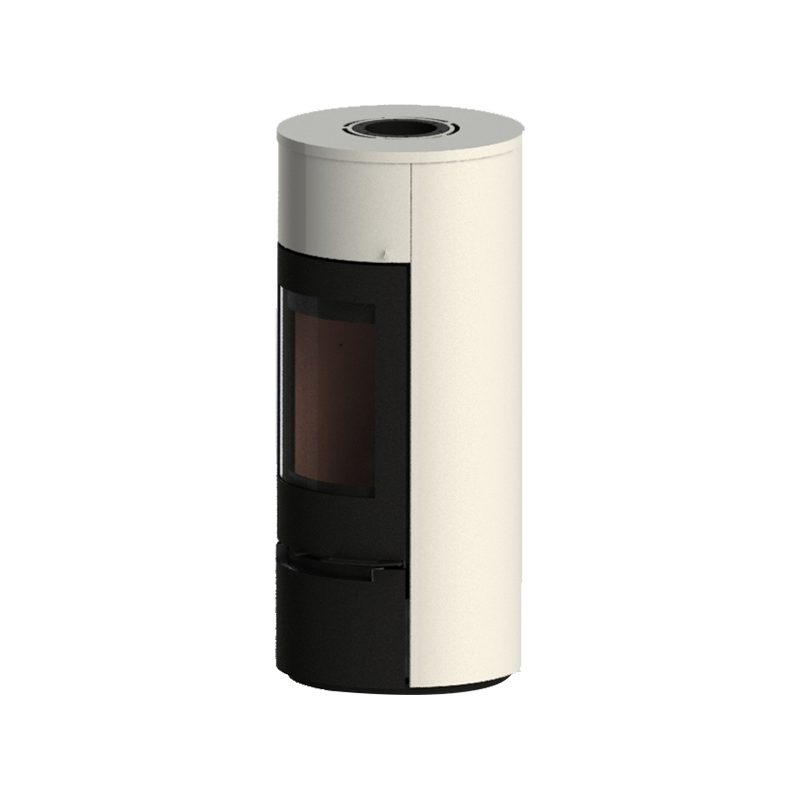The round fireplace factory is an elegant and functional feature found in many homes and commercial spaces. Its circular design not only provides a unique aesthetic but also influences heat distribution and overall performance. When considering the construction of a round fireplace, the materials used and the level of craftsmanship involved are critical factors that determine its durability, safety, and efficiency.

A key element in the design of a round fireplace is the selection of materials. The materials must withstand high temperatures, resist thermal expansion, and maintain structural integrity over time. Typically, the main body of a round fireplace is constructed using heat-resistant bricks or cast refractory concrete. These materials are chosen for their ability to absorb and radiate heat effectively while withstanding repeated heating and cooling cycles. Firebricks, a type of refractory brick, are especially common because they can endure intense temperatures without cracking or deteriorating.
In addition to the core fire-resistant materials, the outer surfaces of the round fireplace are often finished with aesthetic cladding such as natural stone, ceramic tiles, or metal panels. Stone cladding adds a timeless, rustic appeal and also serves as an additional heat sink, helping to distribute warmth evenly throughout the room. Ceramic tiles offer versatility in design with various colors and patterns, allowing customization to fit different interior styles. Metal cladding, often stainless steel or cast iron, lends a modern or industrial look and can enhance heat conduction, improving the fireplace's efficiency.
The craftsmanship involved in building a round fireplace plays a vital role in its performance and safety. Skilled masons carefully lay firebricks or refractory blocks in a circular pattern, ensuring precise alignment and tight joints. Proper mortar mix selection is crucial; it must be heat resistant and flexible enough to accommodate thermal expansion without cracking. The curved shape of the round fireplace requires additional expertise compared to traditional rectangular designs, as the curvature affects the stability and load distribution.
Crafting the combustion chamber, where the fire burns, demands particular attention. The chamber's shape and size influence combustion efficiency and smoke flow. In a round fireplace, the circular geometry can enhance airflow and heat circulation if designed properly. Masons and fireplace specialists often incorporate baffles or smoke deflectors inside the chamber to improve heat retention and reduce emissions. This aspect of craftsmanship ensures the fireplace burns cleaner and more efficiently.
The chimney or flue system connected to the round fireplace also requires expert design and construction. It must provide an unobstructed path for smoke and gases to exit safely while heat loss. Common materials for chimneys include stainless steel liners and clay flue tiles, which withstand corrosive combustion byproducts and high temperatures. The chimney must be carefully integrated with the round fireplace's curved body to maintain structural integrity and prevent leaks.
Another essential component is the fireplace surround and hearth, which serve both protective and decorative functions. These parts are often constructed using durable materials such as stone, brick, or concrete, chosen for their fire resistance and ability to handle thermal stress. The hearth extends beyond the opening of the round fireplace to protect flooring from sparks and embers. Its design must comply with safety regulations and be crafted with precision to align seamlessly with the fireplace body.
The finishing touches on a round fireplace reflect the skill and attention to detail of the craftsman. The smoothness and consistency of mortar joints, the alignment of cladding materials, and the precision of metal fittings all contribute to the fireplace's final appearance and durability. Even minor imperfections can impact heat distribution or structural weaknesses over time.
Maintenance considerations are also part of the craftsmanship process. Good design allows for easy cleaning of the combustion chamber and chimney, which is essential for safe operation. Removable grates, accessible ash pans, and well-sealed doors are features that craftsmen integrate to improve functionality.








